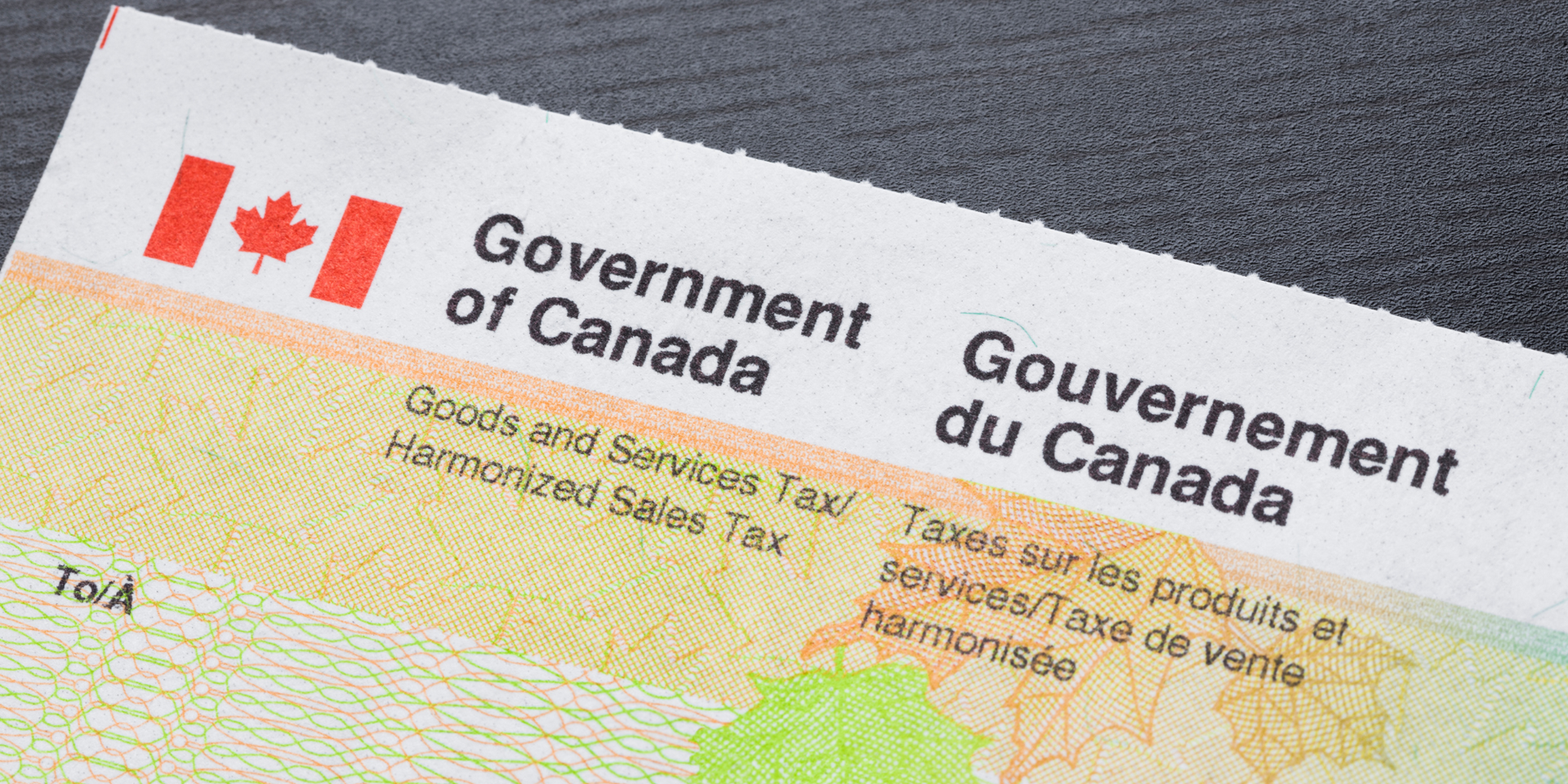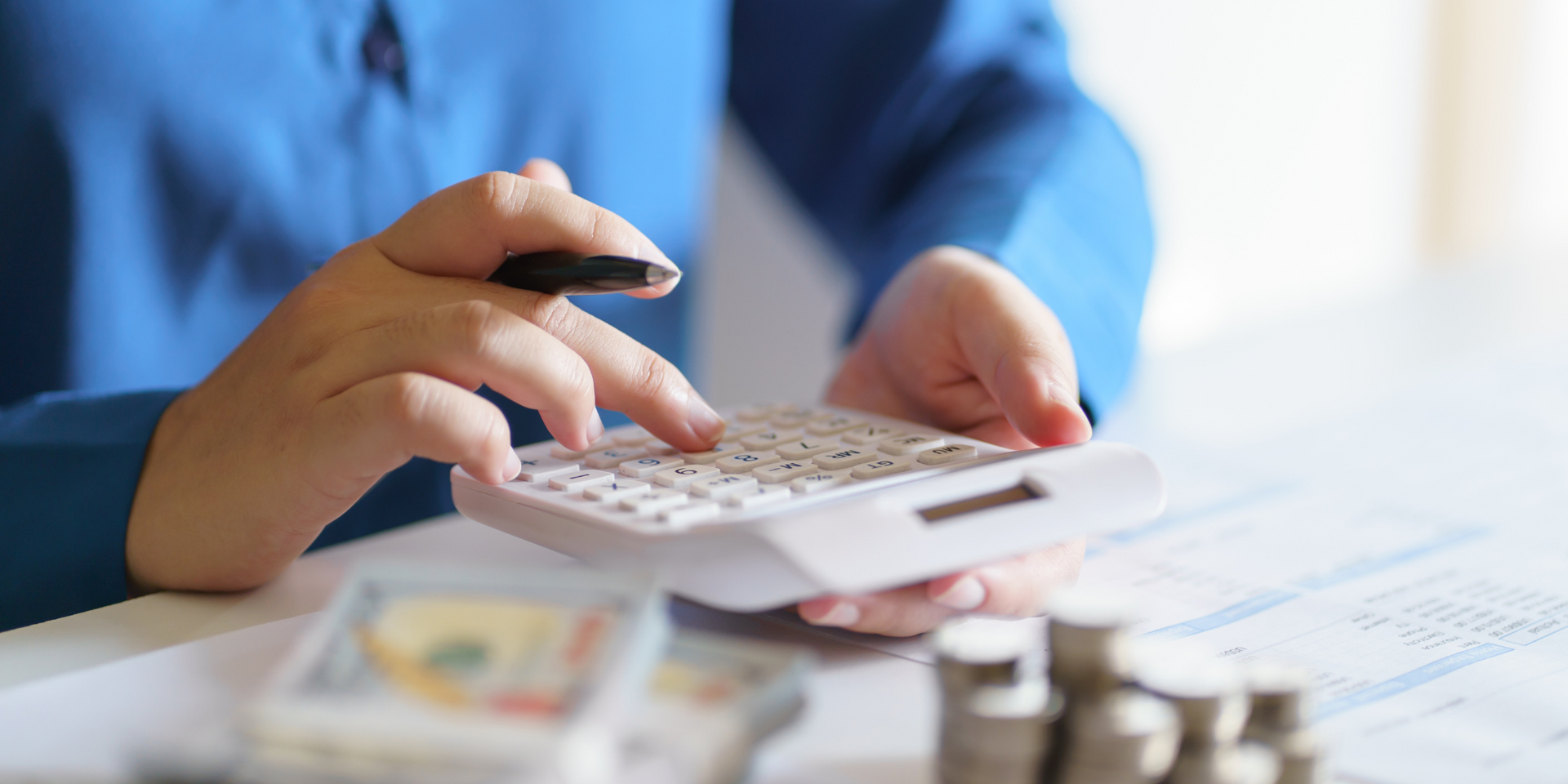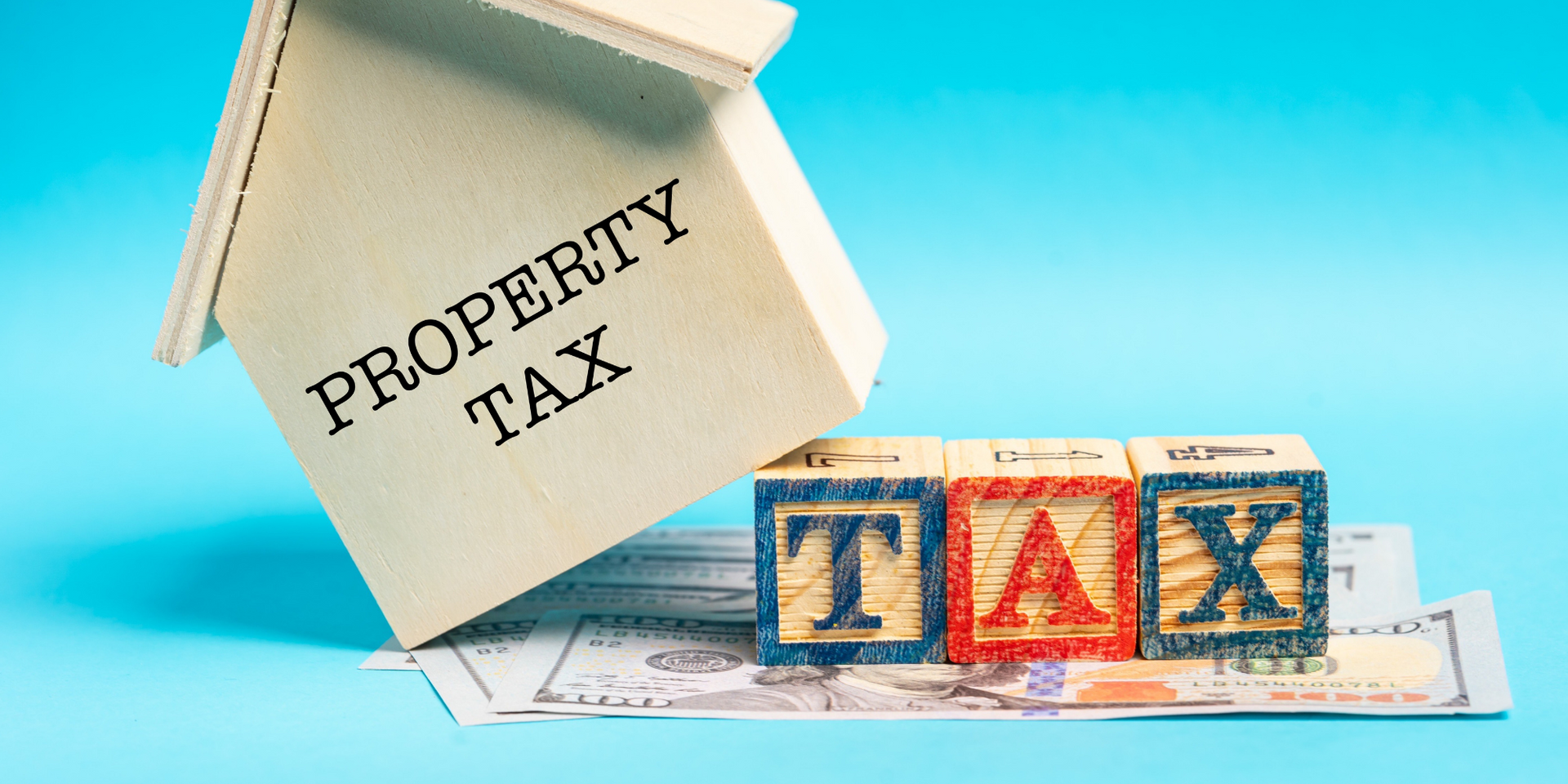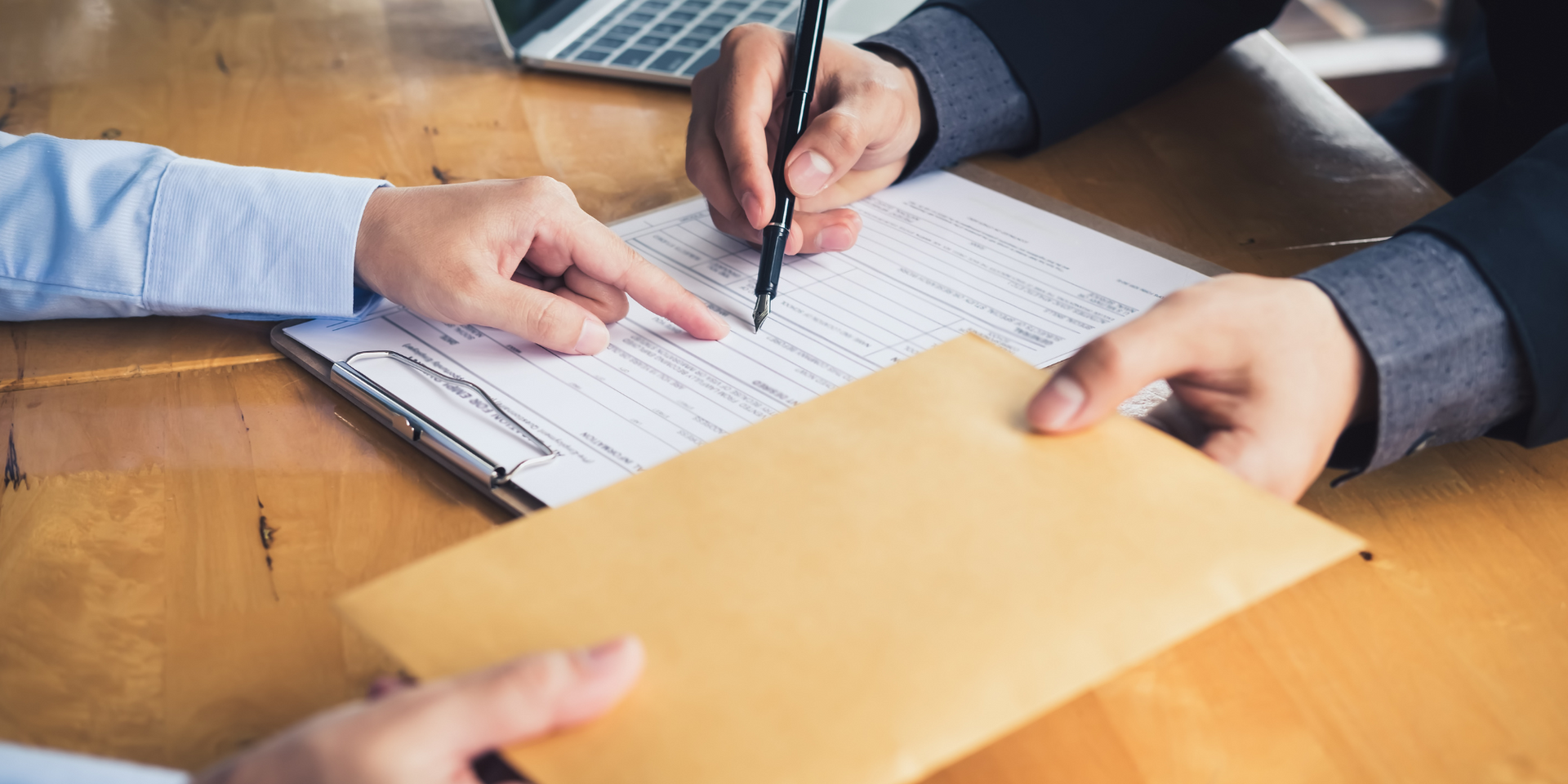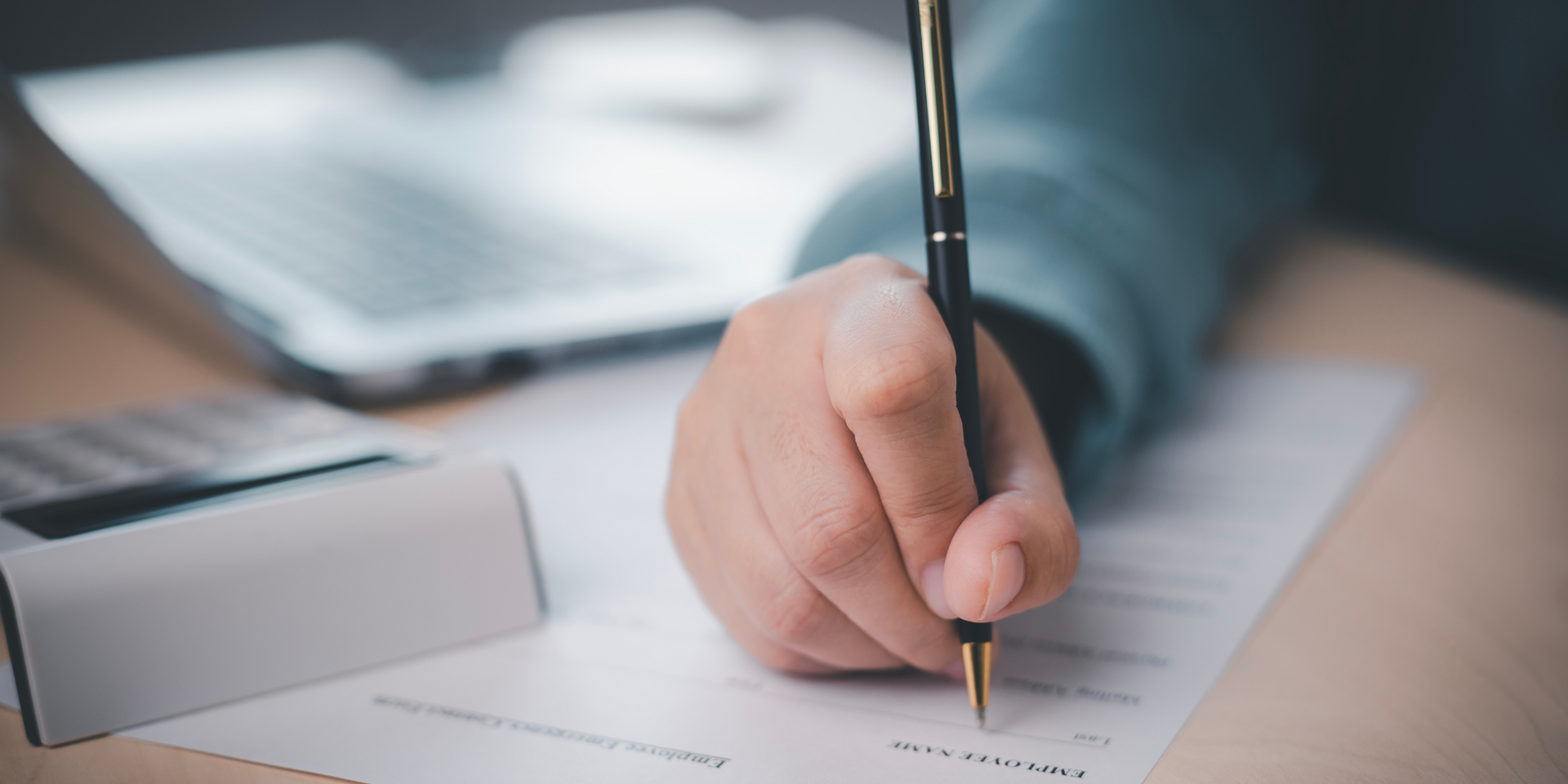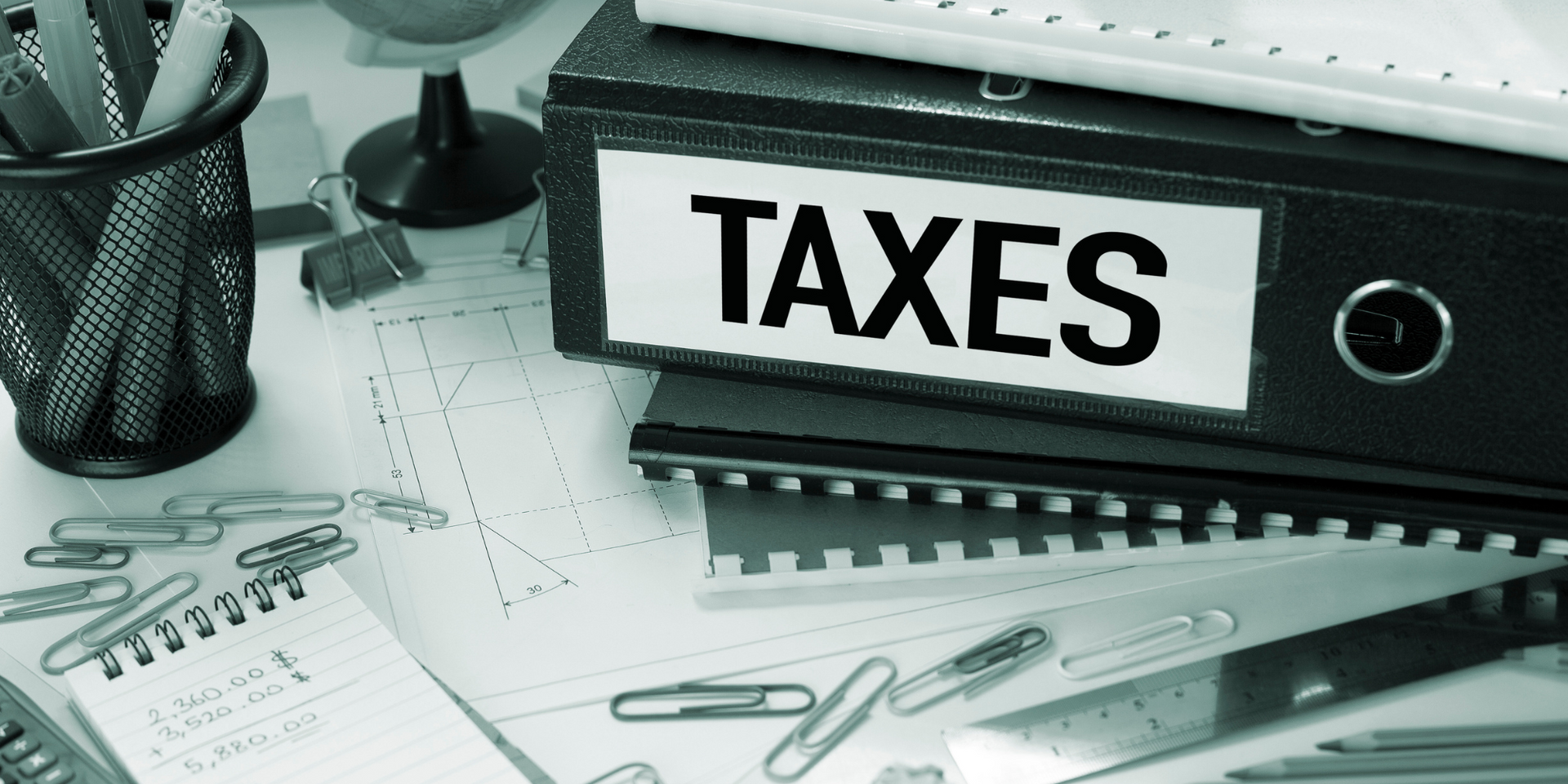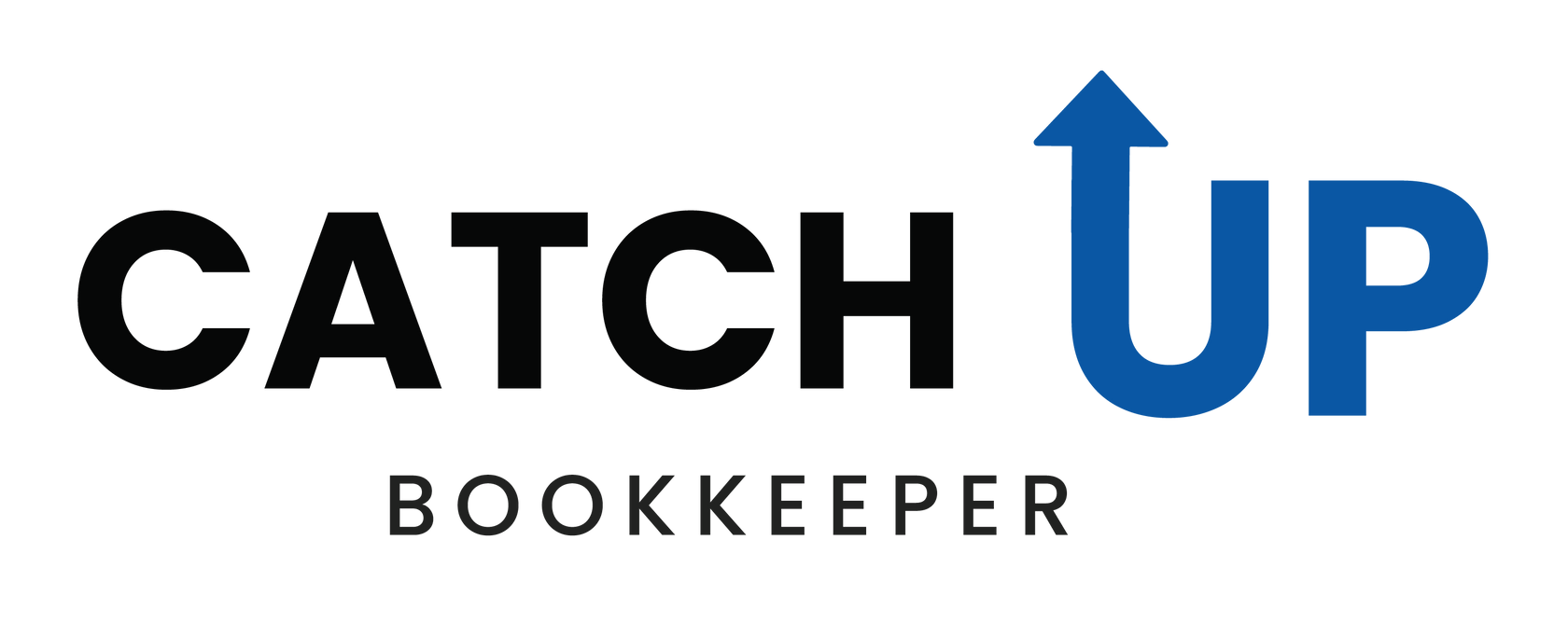Navigating a Tax Audit: Tips for a Smooth and Stress-Free Experience
Facing a tax audit by the Canada Revenue Agency (CRA) might sound intimidating, but understanding the process can help ease your concerns. If you've made an error in your tax filings without realizing it, a CRA audit could still occur. This guide will walk you through what triggers a CRA audit, what to expect, and your rights during the process, so you can approach the situation calmly and confidently.
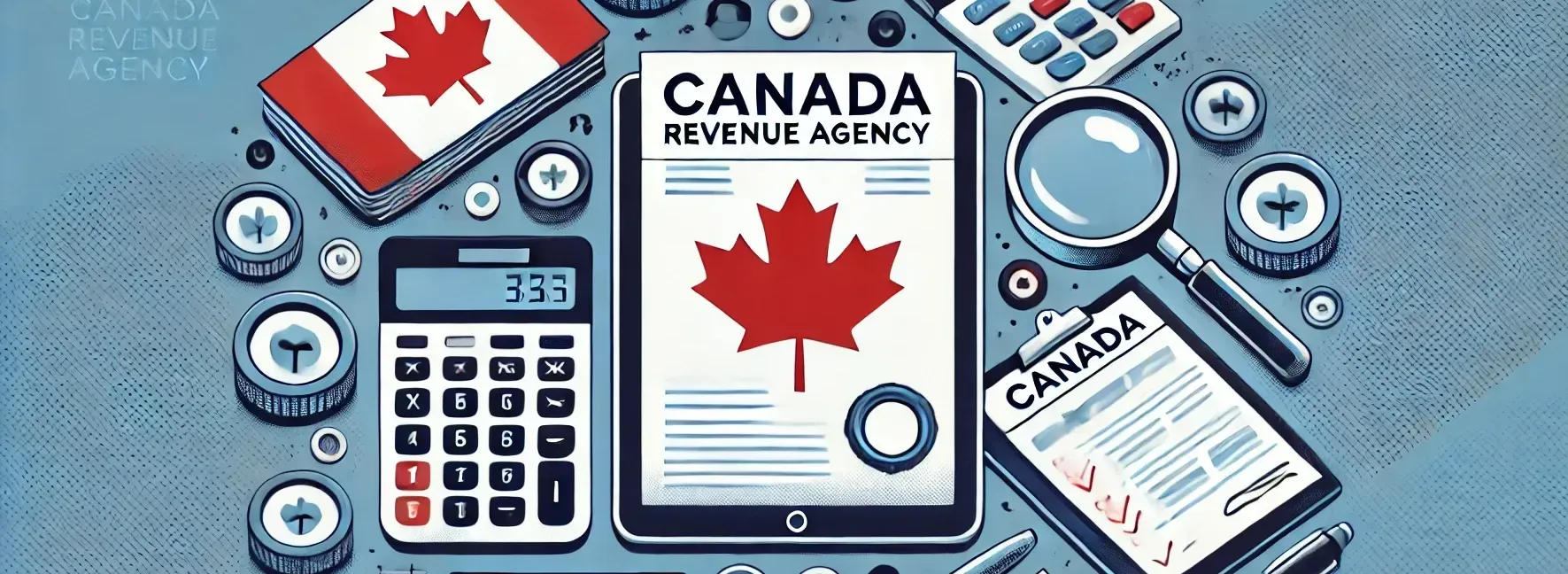
What is the CRA?
The Canada Revenue Agency (CRA) is the federal department responsible for administering tax laws, collecting taxes, and enforcing compliance for both the Government of Canada and most provinces. Their goal is to ensure Canadians fulfill their tax obligations and receive the benefits they’re entitled to.
What is a CRA Audit?
A CRA audit is an assessment of your financial records to verify that you’ve:
- Met your tax obligations
- Followed tax laws
- Reported income, deductions, and credits accurately
The audit process starts with the CRA contacting you by mail or phone to schedule the audit’s date, time, and location. This could take place at your home, business, or an auditor's office. During the audit, the CRA may copy or temporarily borrow documents, providing you with a receipt for any borrowed materials.
What Triggers a CRA Audit?
The CRA selects files for audit based on a risk assessment system. Several factors can increase your likelihood of being audited:
- Unusual claims: If you report high credits or deductions compared to similar cases.
- Inconsistent filings: A history of issues on previous returns or inconsistencies with industry norms.
- High-risk industries: Businesses in sectors like restaurants, construction, or retail are often audited due to higher cash transactions.
- Multiple losses: Reporting losses over consecutive years may trigger an audit to ensure the business is legitimate.
- Rounded numbers: Using round figures on your tax returns suggests imprecise record-keeping.
Audits can also be random as the CRA conducts checks to ensure tax compliance.
What Does the CRA Examine in an Audit?
The auditor may request and review various records:
- Tax slips like T4, T5, or T776
- Business records, including invoices, bank statements, and contracts
- Personal records, such as bank and mortgage documents
- Records related to other individuals or entities, like family members or business partners
You’re required to keep records for at least 6 years, and if some documents are missing, you may need to contact suppliers, banks, or bookkeepers to retrieve them.
Does the CRA Audit Bank Accounts?
Yes, the CRA can review your bank accounts during an audit to ensure that reported income matches actual transactions. However, the CRA is required to handle this information confidentially and use it only for legitimate purposes.
How Far Back Can the CRA Audit?
The CRA generally audits returns within 3 years from the date of the original Notice of Assessment (NOA). However, this period can extend to 4 years if more than 25% of your income was not reported. In cases involving fraud or misrepresentation, the CRA can audit any past year.
Your Rights and Responsibilities
Your Rights:
The Taxpayer Bill of Rights guarantees 16 rights that protect you during a CRA audit, ensuring professional, fair, and courteous treatment. In addition, the Privacy Act safeguards how the CRA handles your personal information, giving you the right to access and request corrections to your records.
Your Responsibilities:
You must cooperate with the CRA by providing accurate information and maintaining records for at least 6 years. Failing to supply the requested documents can lead to legal consequences.
How to Send Your Records to the CRA
To submit documents securely:
- Log in to your CRA account online (e.g., My Account or My Business Account).
- Select “Submit documents” and follow the instructions.
- After submission, keep the confirmation and reference numbers.
Potential Audit Outcomes
After the audit, you will receive a letter with one of the following results:
- No adjustments: No changes are made to your tax return.
- More taxes owed: If adjustments are made, you’ll receive an estimate before a notice of reassessment is issued.
- Refund: The audit could determine that you overpaid taxes, entitling you to a refund.
What to Do if You Disagree with a Reassessment
If you disagree with the results of an audit, you can:
- Contact the auditor or team leader: Explain your concerns and provide additional documentation.
- File a formal objection: Submit a notice of objection within 90 days of receiving the reassessment.
- Appeal to the Tax Court of Canada: If the objection isn’t resolved, you can appeal to the Tax Court.
Top CRA Audit Tips
- Stay organized: Provide accurate documentation and respond promptly to CRA requests.
- Be cooperative: A respectful and proactive approach can make the audit process smoother.
- Ask questions: Don’t hesitate to clarify points or raise concerns during the audit.
By understanding the CRA audit process and knowing your rights, you can navigate any tax audit with confidence.
Key Takeaways
- A CRA audit is an assessment of your financial records to verify your income, deductions, and credits.
- Auditors may temporarily borrow documents and return them after the audit is complete.
- You have 16 rights under the Taxpayer Bill of Rights, ensuring fair and professional treatment from the CRA.
